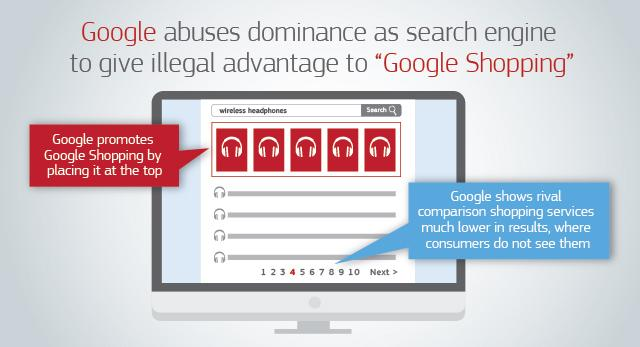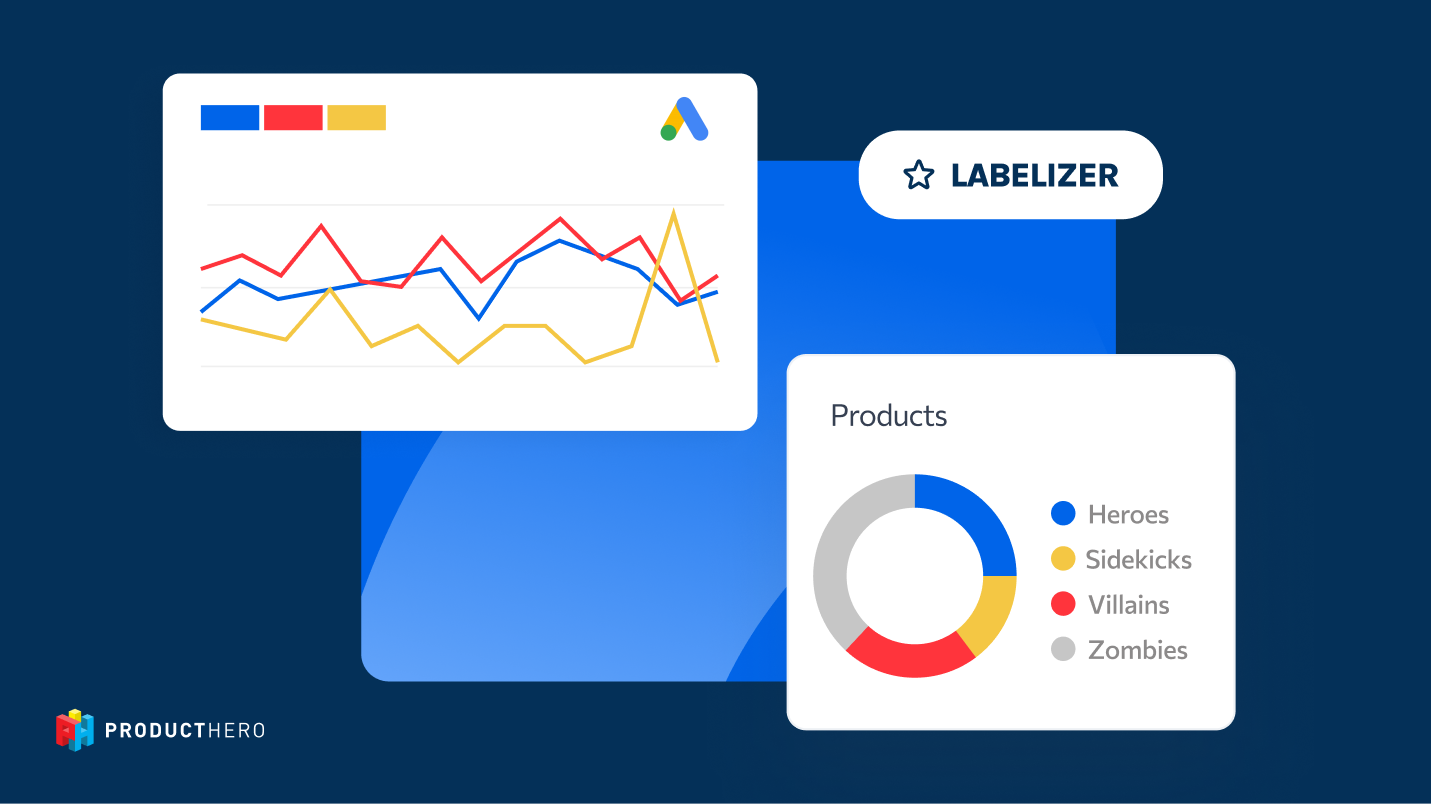Is it still valuable to have a CSS Partner? And does the 20% CSS discount still apply?

Working with a CSS Partner for advertising in Shopping Ads can have many benefits. Depending on the partner you choose to work with, you can expect one (or all) of the following:
- Gain revenue by using their comparison website and Comparison Shopping Service
- Cut costs on Shopping Ads by benefiting from a 20% operating margin (often passed on as a discount)
- Access tools and insights to improve the content of product data
- Receive independent advice on Google products
- Get access to beta programs and test new features
- Improve your Merchant Center quality
- Collaborate with webshop owners, in-house teams, freelancers, and/or agencies
- Benefit from knowledge sharing and best practice education
As you can see, there are many benefits to working with a CSS partner. The most important driver for many advertisers is the 20% discount on Shopping Ad spend.
Does the 20% discount still apply for CSS partners other than Google CSS?
Short answer: Yes, it still exists!
Longer version: The CSS program opened Shopping Ads to comparison services beyond Google’s own due to an antitrust ruling. Google was fined for giving preferential treatment to its own comparison shopping service while disadvantaging competitors.
You can read more about this ruling here: Antitrust: Commission fines Google €2.42 billion

To level the playing field, Google separated its comparison shopping service into ‘Google’ and ‘Google Shopping’. According to Google, “there is a margin included in the CPC paid by the merchant.”
.png)
This margin is 20% for the CSS and 80% for Google. For example, a €1.00 bid in Google Ads through Google CSS is valued at €1.00, just like before. But if you use a third-party CSS like Producthero, a €1.00 bid is valued at €1.25 in the auction.
For more in-depth articles on CSS bidding:
So, regardless of which CSS you use, the interface bid looks the same. But the auction value differs depending on the CSS partner.
.png)
One could argue that an additional column in the Google Ads interface showing the effective bid value would improve transparency. That might look like this:
Running on CSS: Google Shopping
(Image of Google Shopping CPC interface)

Running on CSS: Producthero
(Image of Producthero CPC interface)
.png)
How can you maintain your impressions and clicks while saving 20% on Shopping Ad costs?
This is where it gets tricky. The bidding algorithm in Shopping Ads is not the same as in Google Search. This is because targeting is based on product titles instead of exact match keywords. General rule of thumb is; the higher you bid the more your products will be shown on generic search terms.
General rule of thumb: The higher your bid, the more likely your products appear for broad/generic searches.
.png)
Our articles and case studies
.png)
Introducing Manual Tagging: Create and manage custom tags that fit your campaign strategy.
.png)



